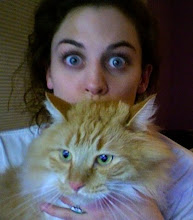This exercise prompts you to propose, develop, deconstruct and implement and idea based on the principles of an interactive, heliotropic smartsurface. The smartsurface concept should constitute a set of functionalities that otherwise exist in 3-dimenstional space, collapsed into an ostensibly 2-dimenstional space, thereby gaining additional functionality and/or appeal.
Task 4 seems to be even more open ended than the previous tasks. However, by revisiting the objective after a week of brainstorming and sketch modeling, I am reminded of a very helpful constraint. Looking back at your goals with fresh eyes can be one of the most important and influential steps in the process of design. This allows you to carry forward with more defined and realized intention.
Our group started with a whirlwind of brainstorming. As prompted by our professors we left no idea off our list, no possibility was considered impossible.
..but eventually we had to cross a few things out, for the sake of narrowing our goal.
After presenting three potential problems/solutions to the class we began working on a synthesis of our two most intriguing and innovative approaches.
One of these approaches was to create some sort of surface or bed upon which a garden could be grown in an urban environment, for example on top of a roof. This is an already existing practice, however we are seeking to maximize the potential application. Say you live in a city apartment building and your apartment association would like to start a garden on the building's roof. You have plenty of money and everything you need to get going. Of course there is one problem, the skyscraper next door shades your building for a considerable portion of the day. Our surface would mimic the properties of the plants growing atop (and maybe in/through) them, and would move in some way to locate the sun, and follow it thereafter. Being an inherently site specific design the surface could be programmed for the fixed interference.




No comments:
Post a Comment